Preons: Models Of Leptons, Quarks And Gauge Bosons As Composite Particles
There are a number of unanswered questions which indicate that the Standard Model, successful as it is, cannot be the entire story. One solution to answering these questions is that the Standard Model is an effective low-energy theory of structure hopefully nearby in its energy scale in much the same way that a model of strong interactions among nucleons mediated by pions is an effective theory for the strong interactions of quarks mediated by coloured gluons. This book reviews the Standard Model and then examines the current status of composite models. After developing criteria for judging such models the text discusses two of the major indicators of compositeness, triviality and naturalness. Using this framework as a background the various models are summarized and discussed. This monograph concludes with a chapter describing the constraints imposed on composite models by current measurements of decay rates, magnetic moment measurements, flavour changing processes etc. and describing other ways to look for signatures of compositeness.This monograph attempts to be thorough, covering all aspects of composite models, as found in the literature at the time of completion of the manuscript. As such it should be of interest to any experimental or theoretical physicist having an interest in the subject. The review of the Standard Model in the first chapter is written in such a way that anyone with a basic knowledge of Quantum Field Theory should be able to understand the entire text. As such it could also be used for supplementary reading in graduate courses.
{{comment.content}}
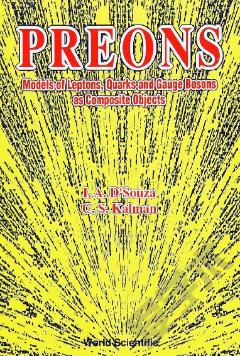
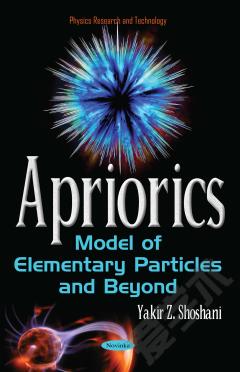
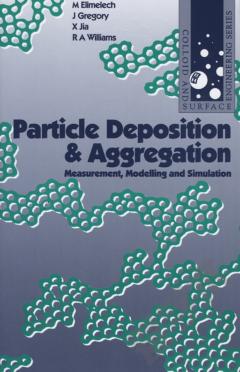
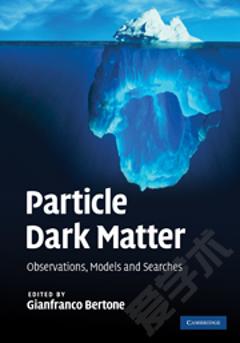
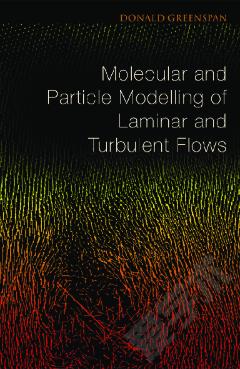

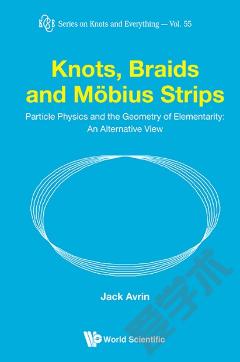

 京公网安备 11010802027623号
京公网安备 11010802027623号